Indonesian shrimp is quickly becoming a global favorite, celebrated for its freshness, texture, and sustainability. Sourced from pristine waters across the archipelago, this seafood delicacy reflects Indonesia’s rich marine biodiversity. With growing global demand for high-quality seafood, Indonesian shrimp offers an excellent opportunity for businesses looking to expand their market reach. Moreover, the country’s advanced aquaculture practices ensure eco-friendly production while maintaining premium quality. Whether you’re targeting gourmet restaurants or large retailers, Indonesian shrimp stands out for its versatility and flavor. Best of all, it comes with the assurance of traceability, meeting international standards. Let’s explore why exporting Indonesian shrimp is a golden ticket to success in today’s competitive markets.
The Rising Opportunity of Exporting Indonesian Shrimp to Global Markets
Exporting Indonesian shrimp opens doors to lucrative opportunities in global markets. First, the rising demand for sustainable seafood has positioned shrimp as a top choice for health-conscious consumers. Additionally, Indonesian shrimp benefits from advanced farming techniques that emphasize environmental responsibility, appealing to eco-aware buyers. Furthermore, with certifications like ASC (Aquaculture Stewardship Council) and Halal, Indonesian shrimp meets strict global standards, making it easier to access key markets like the U.S., Europe, and Asia.
Beyond sustainability, Indonesian shrimp is also incredibly versatile. It fits seamlessly into diverse cuisines, from sushi to pasta dishes, adding value for chefs and food manufacturers alike. By tapping into this booming market, exporters can build long-term partnerships while contributing to Indonesia’s economic growth. Clearly, this is an opportunity worth seizing.
Also Read : 9 Types of Indonesian Vanilla Products for Export with High Market Value
5 Types of Indonesian Shrimp
1. Vannamei (Whitelag Shrimp)
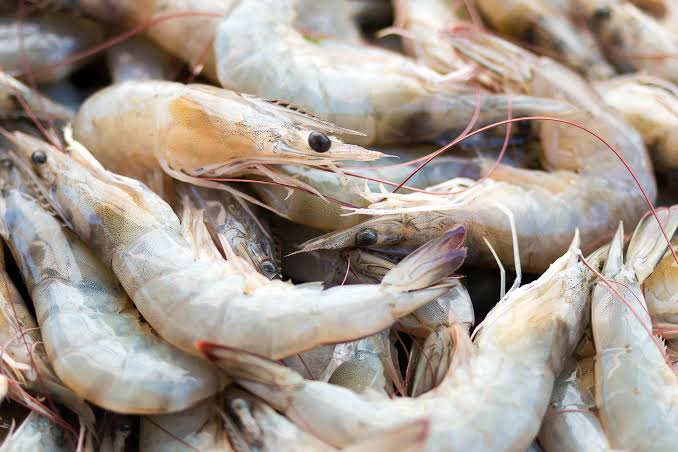
Vannamei shrimp, also known as whiteleg shrimp, are one of the most farmed shrimp species in the world. These shrimp are highly adaptable and thrive in both marine and brackish water environments, making them a favorite among aquaculture farmers. Moreover, their mild, sweet flavor and firm texture have made them a staple in kitchens globally. What truly sets vannamei shrimp apart, however, is their sustainability potential. Farmers in Indonesia have embraced eco-friendly practices to cultivate these shrimp, ensuring minimal environmental impact while maintaining high quality. Additionally, vannamei shrimp grow quickly, reaching market size in just a few months, which benefits both producers and consumers. Clearly, this remarkable seafood option combines taste, efficiency, and responsibility in a way that continues to shape the global seafood industry.
2. Black Tiger Shrimp
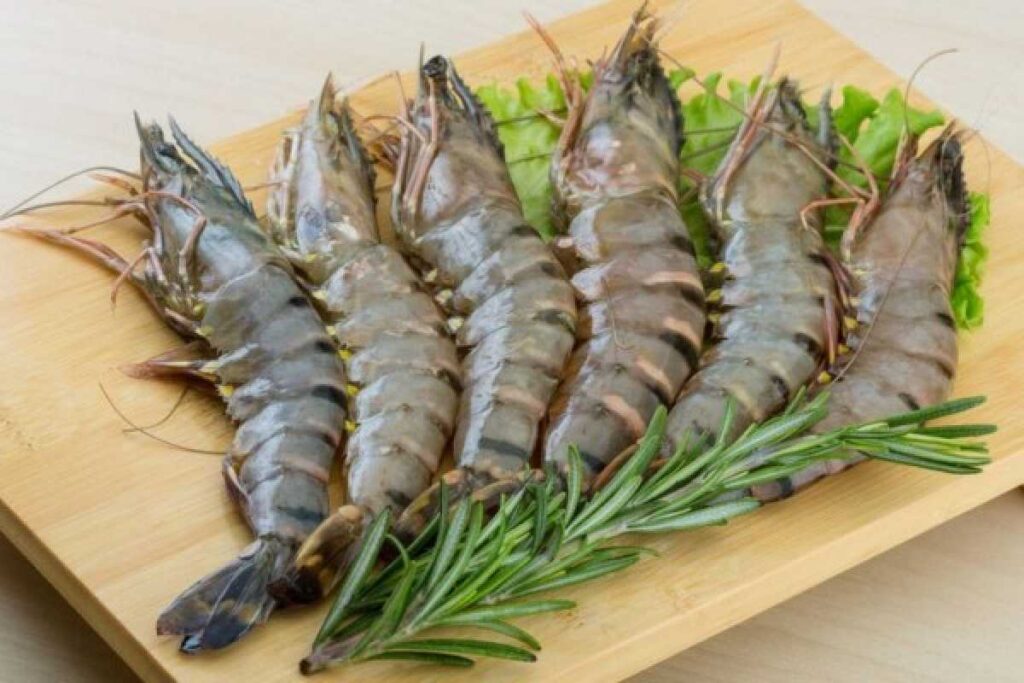
Black tiger shrimp, scientifically known as Penaeus monodon , are one of the largest shrimp species in the world and are often referred to as the “king of shrimp” due to their impressive size and striking appearance. These shrimp are native to the warm coastal waters of the Indo-Pacific region, including Indonesia, where they thrive in brackish and marine environments. What makes black tiger shrimp truly special is their robust flavor and firm texture, which make them a favorite among chefs and seafood lovers alike. Additionally, their natural resistance to certain diseases allows for sustainable farming practices, supporting both the environment and local communities. Moreover, black tiger shrimp are highly versatile in the kitchen, whether grilled, fried, or steamed, adding a touch of luxury to any dish. Clearly, these remarkable shrimp are not just a culinary delight but also a symbol of Indonesia’s rich marine biodiversity.
3. Sea Tiger Shrimp
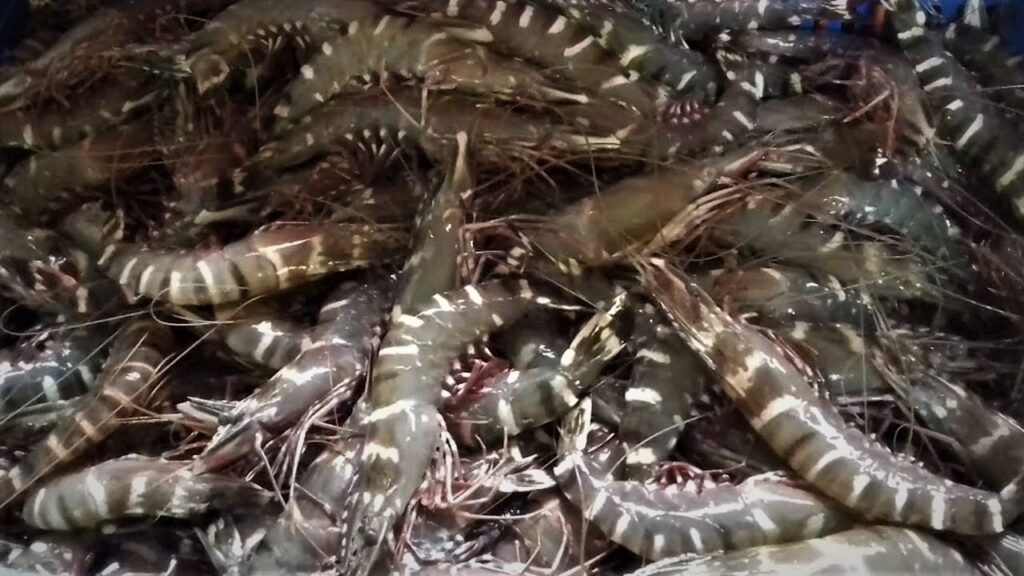
Sea tiger shrimp, often called “tiger prawns,” are named for their striking striped pattern that resembles a tiger’s coat. These impressive crustaceans are not only visually stunning but also rank among the largest shrimp species in the world, growing up to 30 centimeters in length. Native to the warm waters of Southeast Asia, including Indonesia, they thrive in both coastal and brackish environments, making them a favorite in aquaculture. What makes sea tiger shrimp truly special is their firm texture and sweet, rich flavor, which elevate any dish they’re added to. Moreover, their rapid growth rate and adaptability make them a sustainable choice for farmers and seafood enthusiasts alike.
4. Banana Shrimp
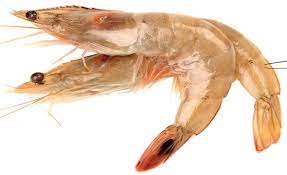
Banana shrimp, often nicknamed “the sweet treasure of the sea,” get their name not from their taste but from their distinct yellowish hue, which resembles a ripe banana. These shrimp are native to the warm, tropical waters of Indonesia, where they thrive in clean, shallow coastal areas. What makes banana shrimp truly special is their naturally sweeter flavor and firmer texture compared to other shrimp varieties, making them a favorite among chefs for grilling, frying, or tossing into seafood pasta. Additionally, they’re highly sustainable, as local fishermen use eco-friendly methods to harvest them, ensuring minimal impact on marine ecosystems. Moreover, banana shrimp are rich in nutrients like omega-3 fatty acids and protein, adding a healthy twist to any dish. With their vibrant color, delicious taste, and eco-conscious sourcing, banana shrimp are quickly becoming a standout choice for seafood lovers worldwide.
5. Flower Shrimp
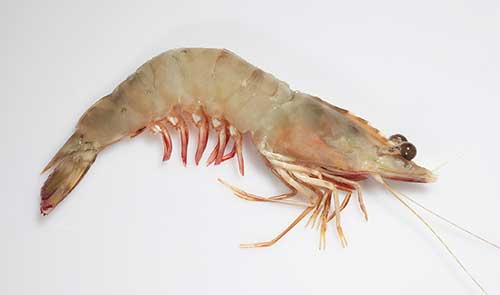
Flower shrimp, often called “butterfly shrimp” due to their vibrant colors and delicate appearance, are nature’s tiny works of art. Found in the crystal-clear waters of Indonesia, these shrimp are not only beautiful but also packed with flavor, making them a favorite among seafood enthusiasts. What makes flower shrimp truly special is their versatility—they’re perfect for grilling, frying, or even using in sushi. Moreover, their small size and tender texture allow them to absorb marinades and spices beautifully, adding depth to any dish. Additionally, flower shrimp are sustainably harvested, ensuring minimal environmental impact while supporting local fishing communities.
Also Read : 7 Indonesian Spices That Make a Strong Impression on U.S. Importers
5 Smart Export Tips for Indonesian Shrimp That Can Help You Win Global Buyers
1. Match Shrimp Varieties with Market Demand
To succeed in exporting Indonesian shrimp, it’s crucial to align your product offerings with the specific demands of each market. Different regions have unique preferences—for instance, vannamei shrimp might be favored in Europe for its mild flavor, while black tiger shrimp could appeal more to Asian markets for its bold taste. By understanding these trends, you can tailor your exports to meet buyer expectations effectively. Moreover, staying updated on global culinary trends ensures that your shrimp varieties remain relevant and desirable. This approach not only boosts customer satisfaction but also strengthens your position as a reliable supplier in the global seafood industry.
2. Secure the Right International Certifications
Gaining trust from international buyers starts with securing the right certifications for your shrimp products. Certifications like HACCP, ASC (Aquaculture Stewardship Council), or Halal demonstrate compliance with safety, quality, and ethical standards. These credentials reassure buyers that your shrimp is safe, sustainably sourced, and ready for their markets. Additionally, certifications act as a competitive advantage, setting your products apart in crowded global markets. By investing in these standards, you show commitment to excellence, paving the way for long-term partnerships and success.
3. Use Reliable Cold Chain Logistics
Maintaining the freshness and quality of shrimp during transit is non-negotiable, and this is where reliable cold chain logistics come into play. Partnering with trusted freight forwarders ensures that your shrimp remains at optimal temperatures from harvest to delivery. Furthermore, advanced refrigeration technology minimizes spoilage risks, ensuring your products arrive in pristine condition. A seamless cold chain not only protects your reputation but also builds confidence among buyers who rely on consistent quality. Clearly, choosing the right logistics partner is a key step toward successful shrimp exports.
4. Emphasize Sustainability and Traceability
Today’s global buyers are increasingly drawn to sustainable and traceable seafood products—and emphasizing these aspects can set your shrimp apart. Highlight eco-friendly farming practices, such as water conservation and reduced chemical use, to showcase your commitment to sustainability. At the same time, providing clear traceability—from farm to table—ensures transparency and builds trust with environmentally conscious consumers. Moreover, promoting sustainable practices aligns with global trends, making your shrimp more appealing to retailers and restaurants aiming for green certifications. By focusing on sustainability, you’re not just selling shrimp—you’re offering peace of mind.
5. Create a Clear, Professional Product Catalog
A well-designed product catalog is essential for showcasing your shrimp offerings effectively. Start by organizing your catalog clearly, highlighting key details like shrimp variety, size, packaging options, and certifications. Use high-quality images and concise descriptions to make your products visually appealing and easy to understand. Additionally, include information about your company’s values, such as sustainability efforts or quality assurance processes, to build credibility. A professional catalog not only helps buyers make informed decisions but also positions your brand as trustworthy and detail-oriented. Ultimately, this simple tool can significantly enhance your ability to attract and retain global buyers.
Tired of Export Headaches? Let AsiaCommerce Handle the Hard Stuff While You Grow!
Exporting can be a complex and overwhelming process, filled with challenges like logistics, compliance, and documentation. But what if you could focus on growing your business while someone else handled the hard stuff? AsiaCommerce is here to simplify your export journey by managing the intricacies of shipping, customs clearance, and international regulations, so you don’t have to. With their expert support, you can save time, reduce stress, and expand your global reach effortlessly. Whether you’re exporting spices, seafood, or other goods, AsiaCommerce ensures a seamless experience tailored to your needs. Ready to take your business to the next level? Click here or click the banner below to get started!


0 Comments